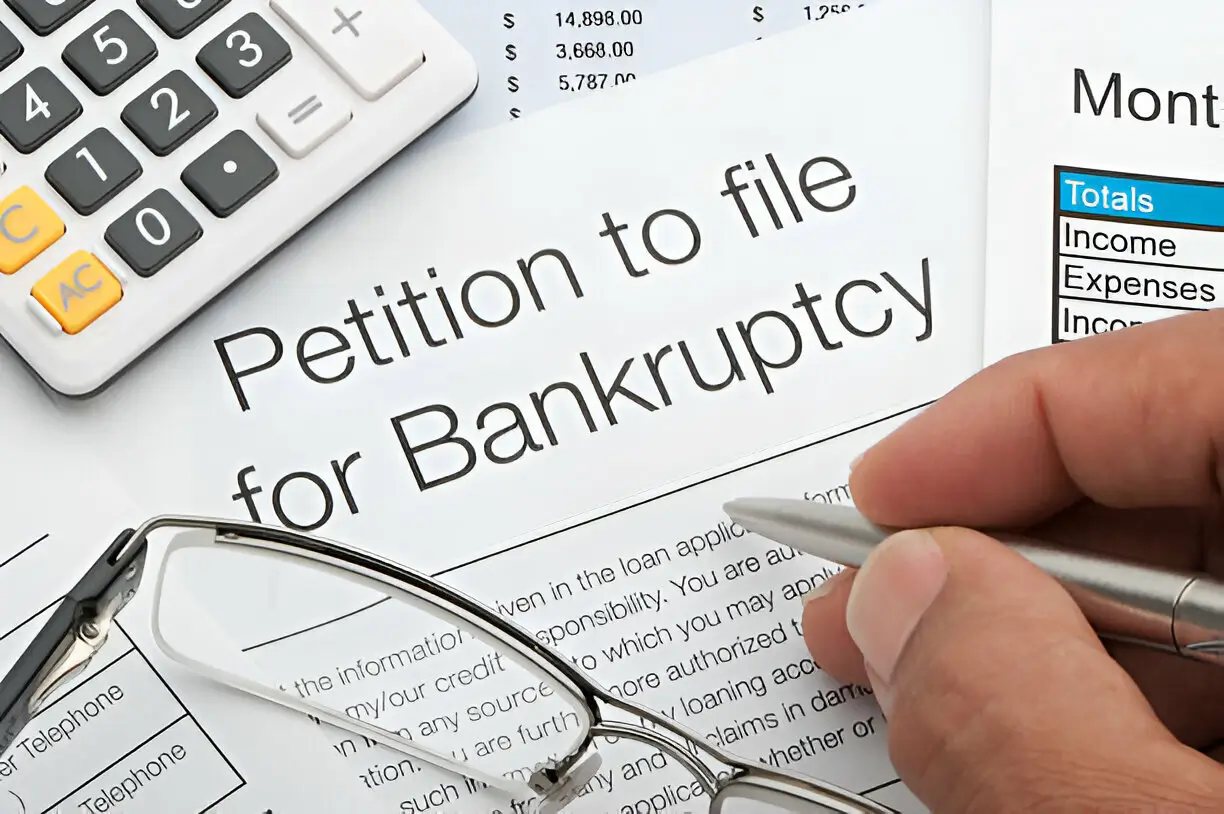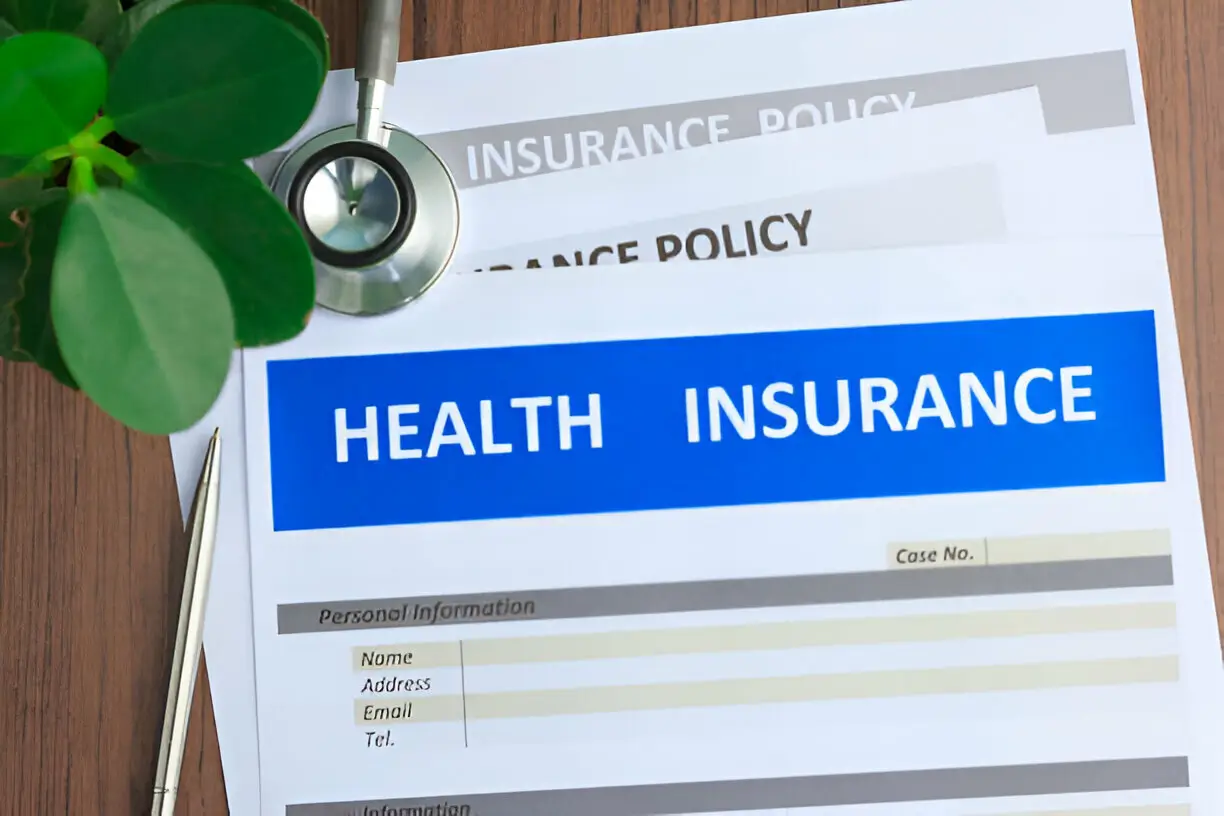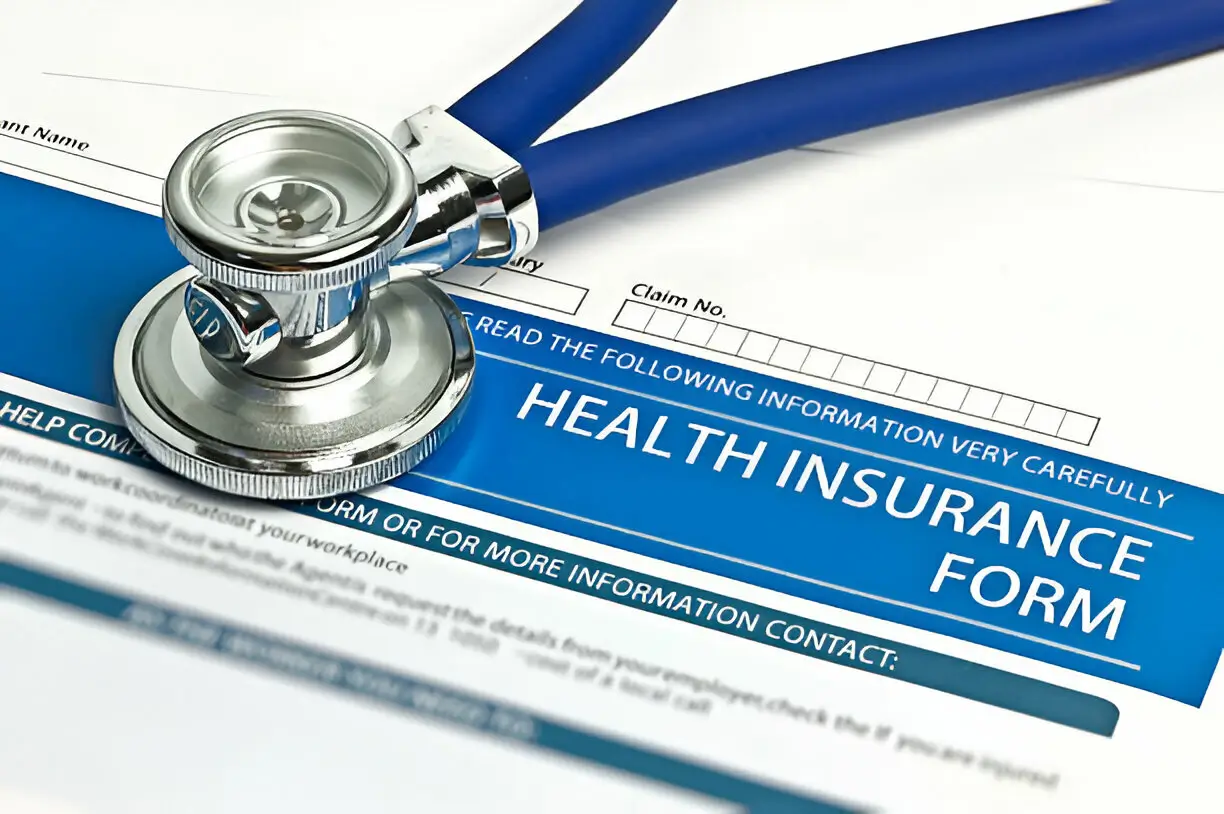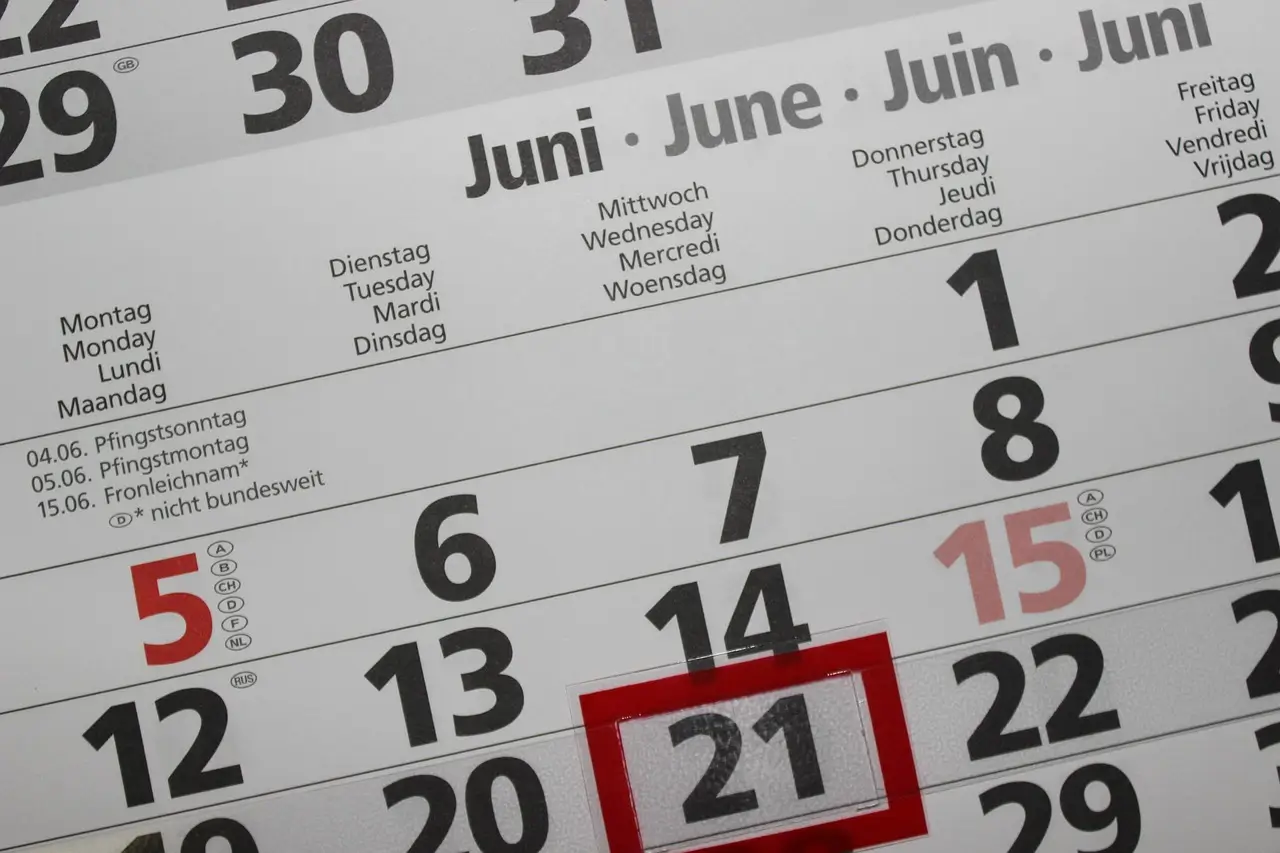Auto Insurance Policy: Choosing the right auto insurance policy can feel like navigating a maze of jargon and fine print. But finding the perfect fit doesn’t have to be a headache. In this guide, we’ll break down everything you need to know to make a smart, informed decision. From understanding coverage options to snagging the best deals, we’ve got you covered. Read on to steer your way to the ideal auto insurance policy.
Understanding Auto Insurance Policies
An auto insurance policy is more than just a legal requirement; it’s your financial shield against unexpected car-related mishaps. Whether you’re a new driver or a seasoned motorist, knowing the ins and outs of auto insurance can save you money and headaches.
Types of Auto Insurance Coverage
There are several types of coverage available in an auto insurance policy. Each type serves a different purpose and offers varying levels of protection.
Liability Coverage
Liability coverage is the backbone of any auto insurance policy. It covers bodily injury and property damage you cause to others in an accident. Most states require a minimum amount of liability coverage, but it’s often wise to purchase more than the minimum to protect your assets in case of a serious accident.
Collision Coverage
Collision coverage pays for damage to your car resulting from a collision with another vehicle or object. This type of coverage is especially important if you have a newer or more expensive car, as repair costs can be significant.
Comprehensive Coverage
Comprehensive coverage protects your car against damage from non-collision incidents such as theft, vandalism, natural disasters, and hitting an animal. If you live in an area prone to such risks, comprehensive coverage can provide valuable peace of mind.
Uninsured/Underinsured Motorist Coverage
This coverage steps in if you’re involved in an accident with a driver who either doesn’t have insurance or whose insurance is insufficient to cover the damages. It’s a crucial add-on considering the number of uninsured or underinsured drivers on the road.
Personal Injury Protection (PIP) and Medical Payments (MedPay)
PIP and MedPay cover medical expenses for you and your passengers after an accident, regardless of who is at fault. PIP can also cover lost wages and other related expenses. These coverages are particularly important if you don’t have good health insurance.
Factors to Consider When Choosing an Auto Insurance Policy
Selecting the right auto insurance policy requires evaluating several key factors. Understanding these will help you tailor a policy that fits your needs and budget.
Assess Your Coverage Needs
Start by assessing your coverage needs based on your vehicle, driving habits, and personal circumstances. For instance, if you drive an older car, you might opt for less collision and comprehensive coverage. Conversely, if you have a new or high-value vehicle, more extensive coverage is advisable.
Compare Quotes from Multiple Insurers
Insurance premiums can vary widely from one insurer to another. Get quotes from multiple companies to compare rates and coverage options. Online comparison tools can make this process quick and easy.
Consider the Deductible
The deductible is the amount you pay out-of-pocket before your insurance kicks in. Higher deductibles generally mean lower premiums, but ensure you can afford the deductible in case of an accident. Finding the right balance between premium and deductible is key.
Look for Discounts
Many insurers offer discounts that can significantly lower your premium. Common discounts include safe driver discounts, multi-policy discounts, and discounts for having safety features in your car. Ask each insurer about available discounts when getting quotes.
Check the Insurer’s Reputation
It’s important to choose an insurer with a solid reputation for customer service and claims handling. Check online reviews and ratings from independent agencies to gauge the insurer’s reliability and customer satisfaction.
Real-Life Examples and Stories
The High-Tech Car
Sarah recently bought a brand-new car loaded with the latest tech and safety features. She opted for comprehensive and collision coverage to protect her investment. When a hailstorm damaged her car, her insurance covered the repairs, sparing her from a hefty bill.
The Budget-Conscious Driver
John drives an older model car and is on a tight budget. He chose a basic liability policy with a high deductible to keep his premiums low. Although his coverage is minimal, it meets state requirements and fits his financial situation.
The Young Driver
Emily, a college student, is a new driver and added to her parents’ auto insurance policy. By leveraging good student discounts and safe driver programs, her family managed to keep premiums manageable while ensuring Emily had adequate coverage.
How to Save Money on Your Auto Insurance Policy
Finding the right auto insurance policy doesn’t mean you have to break the bank. Here are some tips to help you save money while maintaining good coverage.
Bundle Your Policies
Many insurance companies offer discounts if you bundle multiple policies, such as auto and home insurance. Bundling can lead to significant savings and the convenience of having all your insurance needs met by one provider.
Maintain a Good Driving Record
A clean driving record is one of the best ways to keep your insurance premiums low. Avoid traffic violations and accidents to qualify for safe driver discounts.
Take Advantage of Discounts
Don’t be shy about asking for discounts. Many insurers offer discounts for things like having a good credit score, completing a defensive driving course, or installing anti-theft devices in your car.
Review Your Coverage Annually
Your insurance needs can change over time. Review your policy annually to ensure you’re not paying for coverage you no longer need or that you’re missing out on new discounts.
Increase Your Deductible
If you’re comfortable with a higher out-of-pocket expense in the event of a claim, increasing your deductible can lower your premium. Just make sure you have enough savings to cover the higher deductible if needed.
The Importance of Reading the Fine Print
Understanding the details of your auto insurance policy is crucial to ensure you’re fully protected. Here are some key elements to pay attention to:
Exclusions and Limitations
Every policy has exclusions and limitations that specify what is not covered. Make sure you understand these exclusions to avoid surprises when filing a claim.
Policy Limits
Policy limits are the maximum amounts your insurer will pay for covered losses. Ensure your policy limits are high enough to cover potential damages, especially for liability coverage.
Additional Coverage Options
Consider adding optional coverages like rental reimbursement, roadside assistance, or gap insurance if they align with your needs. These add-ons can provide extra protection and peace of mind.
Claims Process
Familiarize yourself with your insurer’s claims process. Knowing what to do and who to contact in case of an accident can streamline the process and reduce stress.
FAQs About Auto Insurance Policies
What is an Auto Insurance Policy?
An auto insurance policy is a contract between you and an insurance company that provides financial protection against losses resulting from car accidents, theft, and other incidents. It outlines the coverage you have, the premium you pay, and the conditions under which the insurer will pay for damages.
How Do I Choose the Right Auto Insurance Policy?
To choose the right auto insurance policy, assess your coverage needs, compare quotes from multiple insurers, consider the deductible, look for discounts, and check the insurer’s reputation. Tailor the policy to fit your vehicle, driving habits, and financial situation.
What Factors Affect Auto Insurance Premiums?
Several factors influence auto insurance premiums, including your driving record, age, location, type of vehicle, credit score, and the amount of coverage you choose. Insurers also consider how often and how far you drive.
Is It Necessary to Have Full Coverage?
Full coverage, which includes liability, collision, and comprehensive coverage, is not required by law but is often recommended. It provides broader protection, especially for newer or higher-value vehicles. Assess your financial situation and vehicle’s value to decide if full coverage is necessary.
Can I Change My Auto Insurance Policy Mid-Term?
Yes, you can usually change your auto insurance policy mid-term. However, it’s important to check with your insurer about any fees or penalties for making changes. It’s also a good idea to compare the new policy’s benefits and costs before making a switch.
What Should I Do After an Accident?
After an accident, ensure everyone is safe, call the police, exchange information with the other driver(s), and document the scene with photos. Contact your insurance company as soon as possible to report the accident and start the claims process.
How Often Should I Review My Auto Insurance Policy?
It’s a good idea to review your auto insurance policy annually or whenever you experience a significant life change, such as buying a new car, moving, or adding a new driver to your policy. Regular reviews help ensure your coverage remains adequate and you’re getting the best rates.
Choosing the right auto insurance policy doesn’t have to be overwhelming. By understanding your coverage needs, comparing options, and staying informed, you can find a policy that provides the protection you need at a price you can afford. Remember, the right auto insurance policy is not just a legal requirement; it’s a crucial component of your financial safety net.






